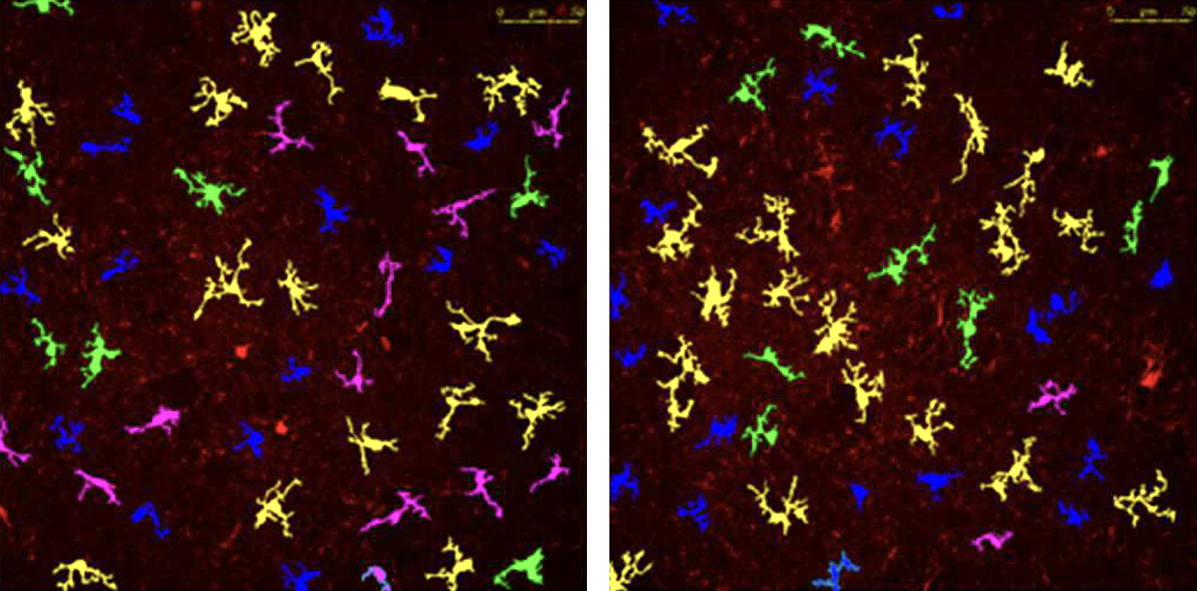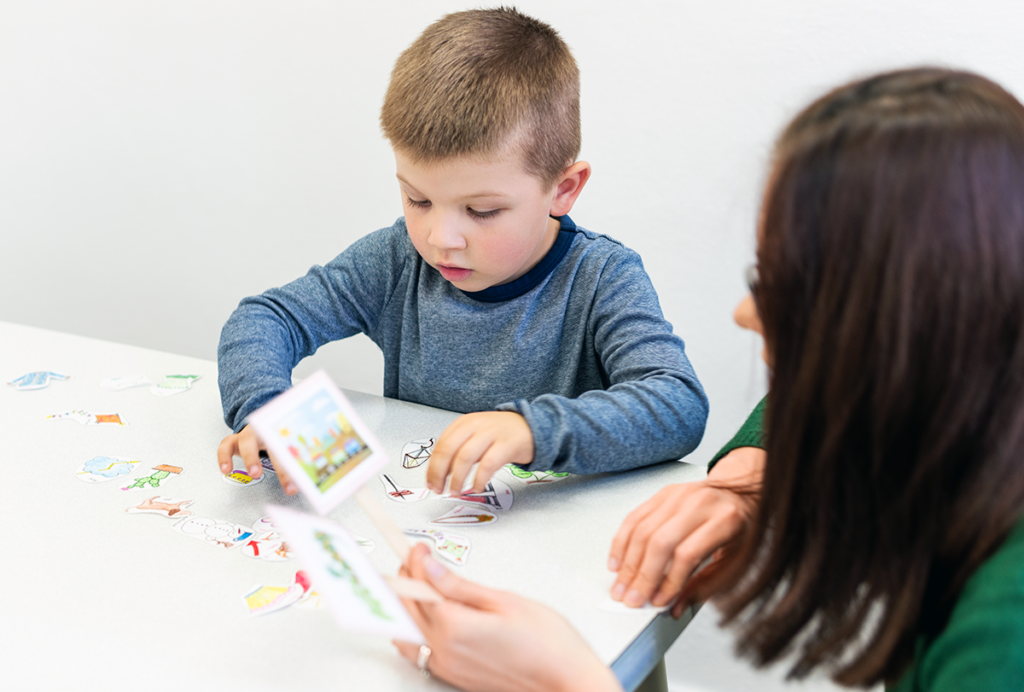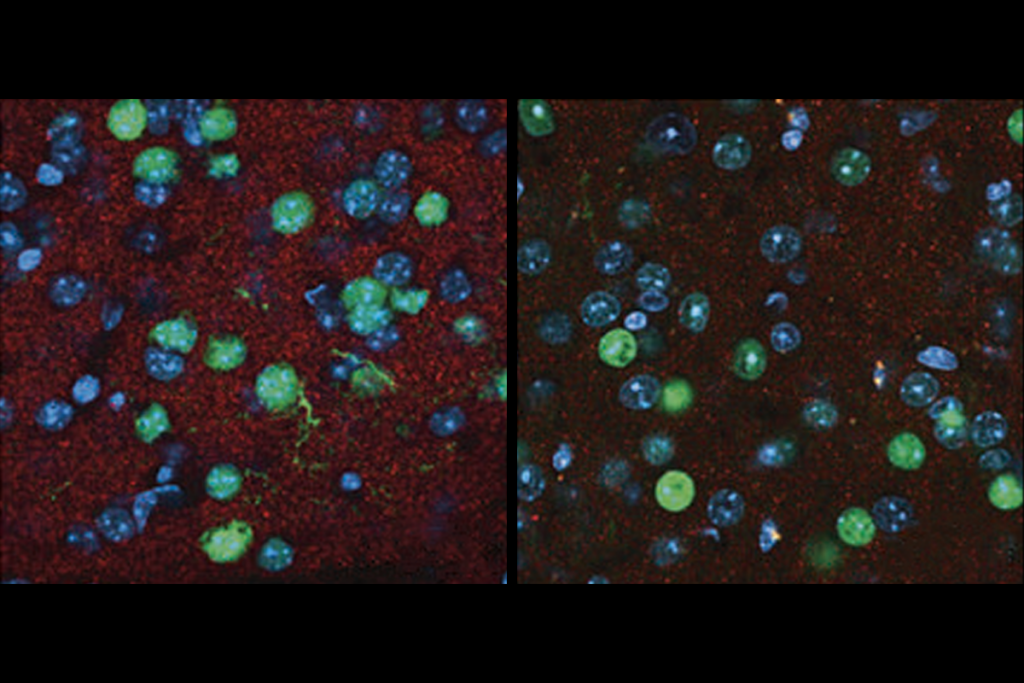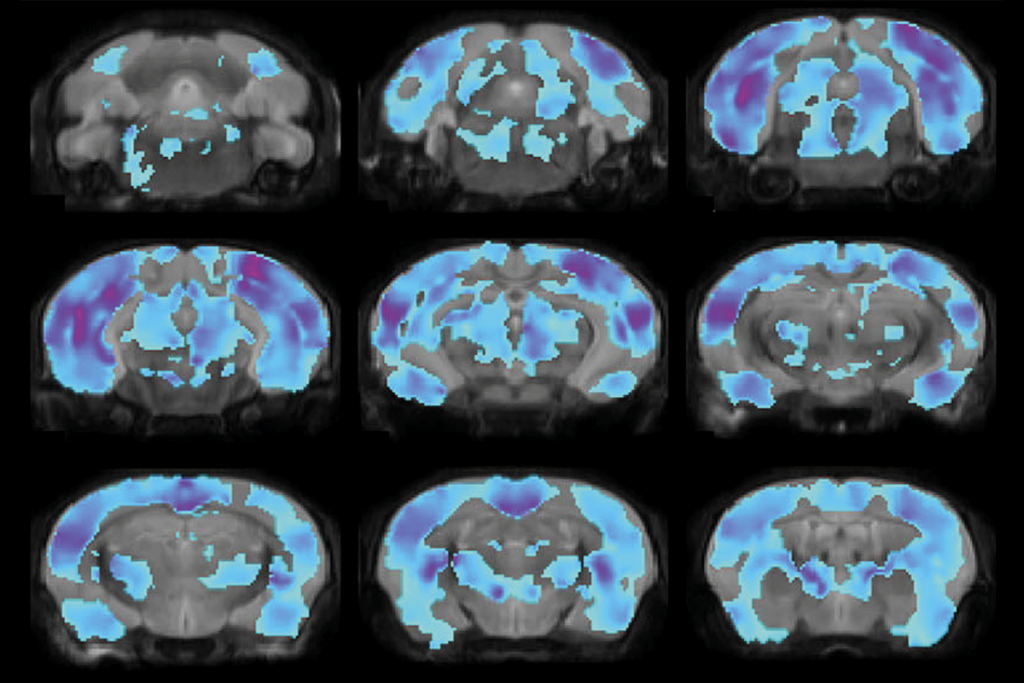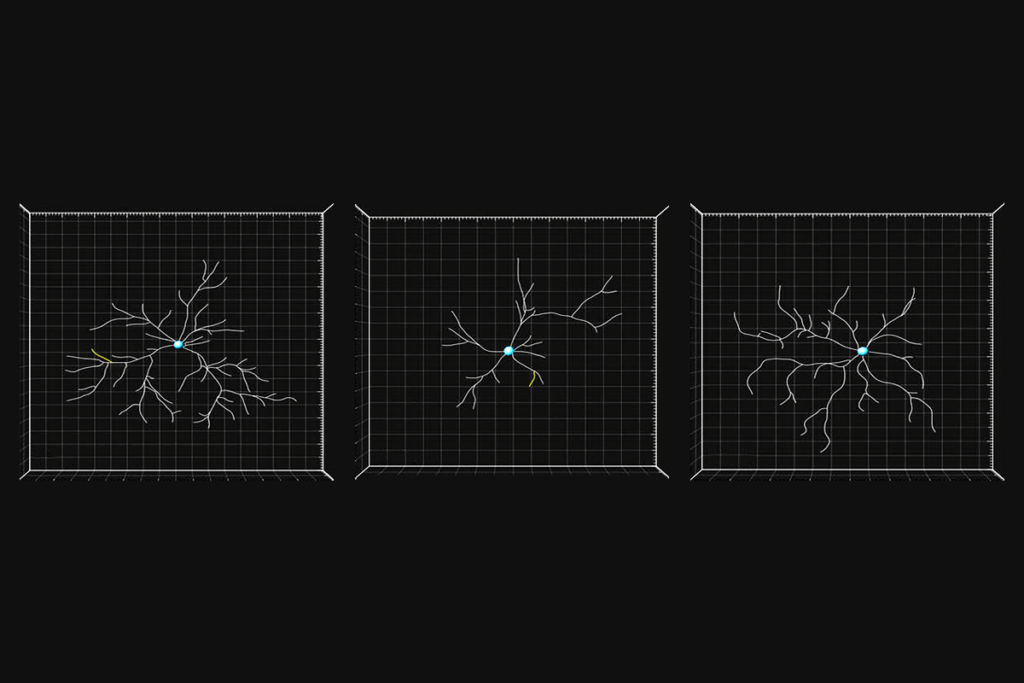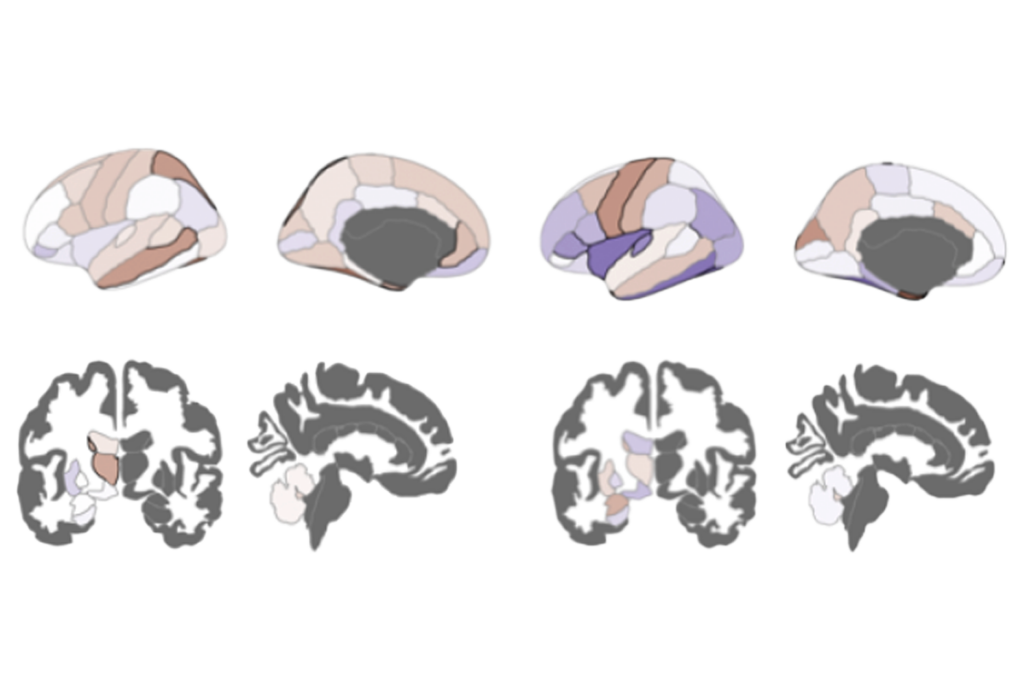Measuring worry: Two new papers explore the relationship between autism and anxiety. The first study describes a network analysis of data from 623 autistic children, showing that specific autism traits give rise to anxiety, namely sensory hypersensitivity and a preference for sameness or predictability. The investigators suggest that these findings might inform therapeutic approaches. A second study compares a suite of screening instruments for anxiety and depression—tools developed for assessing non-autistic people—in a group of 29 autistic adults. Clinical interviews, unsurprisingly, provided the best sensitivity and selectivity, whereas the brief self-assessment tool for anxiety (GAD-7) showed low specificity. The researchers advocate for better tools for diagnosing anxiety in autistic people. The Transmitter has covered past efforts to improve instruments for identifying anxiety in autistic children, as well as the search for biomarkers for an autism-specific form of anxiety.
More autism research we spotted:
- “Complement contributes to hyperactive behavior in the 16p11.2 hemideletion mouse model” bioRxiv
